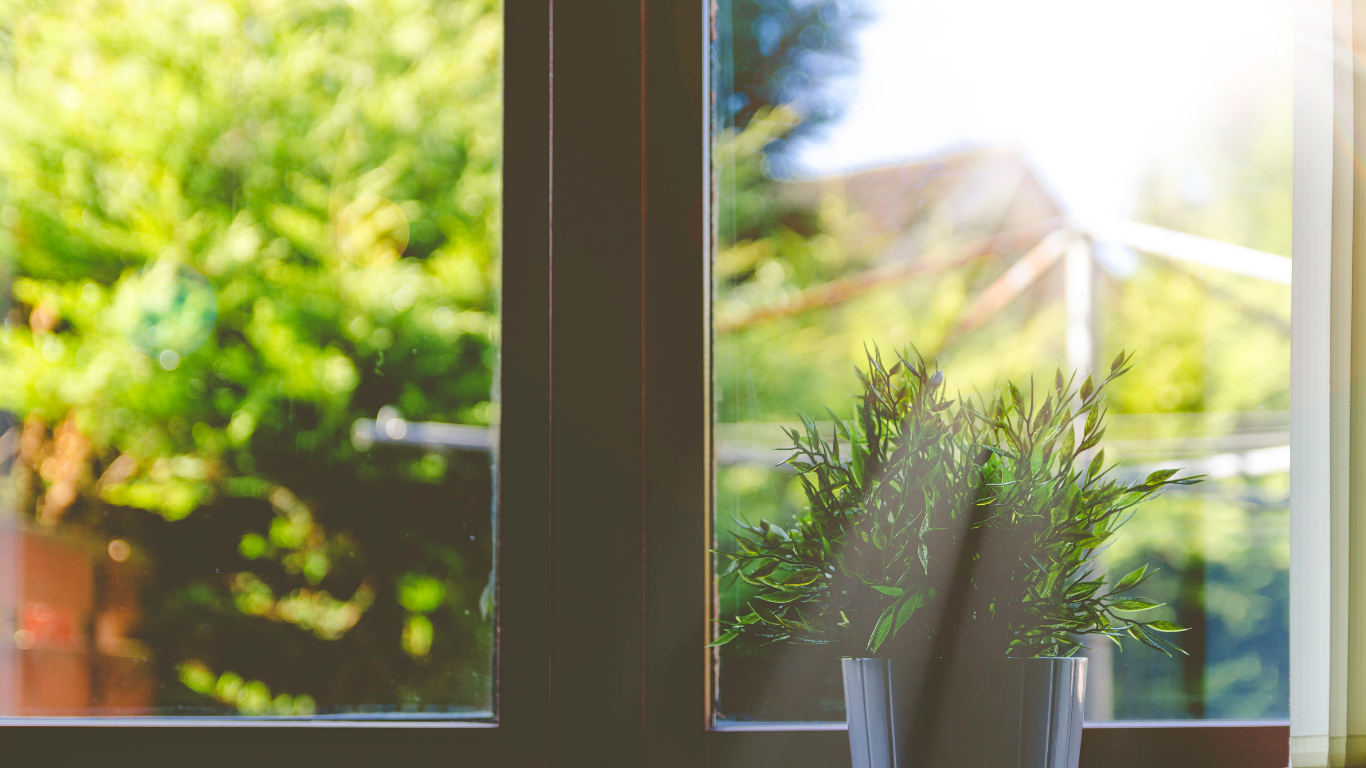by Connie Pelton
Indoor gardening is a growing trend in more ways than one. Not only is gardening good therapy, but it also gives you the chance to eat food picked at its most flavorful. Not everyone has space or energy to maintain a traditional outdoor garden plot. If you want the satisfaction of growing your fruits and vegetables on a more manageable scale, indoor gardening is the solution. Here are our tips for creating an indoor garden that will produce plenty without the upkeep of an outdoor plot.
Let There Be Light
The biggest hurdle for indoor gardening is usually finding adequate light. Plants need sunlight to grow. If there’s insufficient light, nothing else you do will matter much. “Full sunlight” means six or more hours per day of direct sun. An enclosed patio or any space with lots of large picture windows is a perfect place for an indoor plot. A kitchen windowsill also works. If you aren’t sure whether a location receives enough sun, try tracking the amount of light it gets using photos.
Indoor Garden Pest Control
Bugs and gardens have a complicated relationship. Grubs, aphids, and larvae can wreak havoc on a garden. But bees and other pollinators provide a service that plants can’t live without. Since some garden visitors are beneficial, you need to avoid any pest control that kills the helpful along with the harmful.
Even though your garden is indoors, you still have to worry about pests. It’s true that you won’t find rabbits or deer munching on plants in your kitchen. But, some insects can still make their way into your house. Biological pest control efforts are ideal for indoor use. Nematodes and natural repellants can safely stop unwanted pests without risk to pets, kids, or the helpful insects you want to keep around.
Paintbrush Pollination
While most common indoor plants will grow fine without pollination, some must be pollinated for them to produce food. Unless you’re willing and able to bring them outdoors and give them access to bees, you’ll have to pollinate them yourself. Paintbrush pollination is just what it sounds like. You rub the bristles of a tiny paintbrush around the inside of each blossom on your plants. Since indoor gardens are usually small, this is viable, though a tedious option.
Water, Soil, and Fertilizer
One advantage of indoor gardening is that you can control your growing conditions. Unlike outdoor plots that are subject to wind, drought, and downpours, your indoor garden is only exposed to the things you choose. This means you can tailor the soil composition and watering schedule to individual species.
You’ll want to use a potting mix rather than plain soil. The mix contains vermiculite or perlite, and some bark to provide your plants with better drainage. It’s less compact than outdoor dirt, giving your plants the air and moisture they need. With the right soil mix, you should only have to water your plants once a week. Additionally, you’ll want to use plant fertilizer, which depends on which type of plant you are growing.
About every seedling or seed packet you encounter has a small section on the label detailing the needs of the specific plant. One of the most useful things you can do to ensure a good harvest is to read these instructions. Most herbs, including parsley, sage, mint, and rosemary, are easy to grow and don’t take up much room. Plan early and follow the instructions as carefully as you can. That way, each species you grow is in the kind of soil it prefers and getting the amount of water it needs to thrive. Now, combine that with the right amount of sunlight. You’ll soon have an indoor garden you’ll want to show off to everyone who visits.
Connie Pelton is a retired teacher who spends most weekends gardening with her grandchildren. Together, they built and planted an indoor vertical garden wall taller than both of them.
Wendy Pettit
Latest posts by Wendy Pettit (see all)
- Save Water, Save Money with Turf Training in 2022 - April 19, 2022
- utah spring jobs at Western Gardens - January 30, 2021
- Best Plants for Seniors – Beginner Gardening - June 29, 2020




